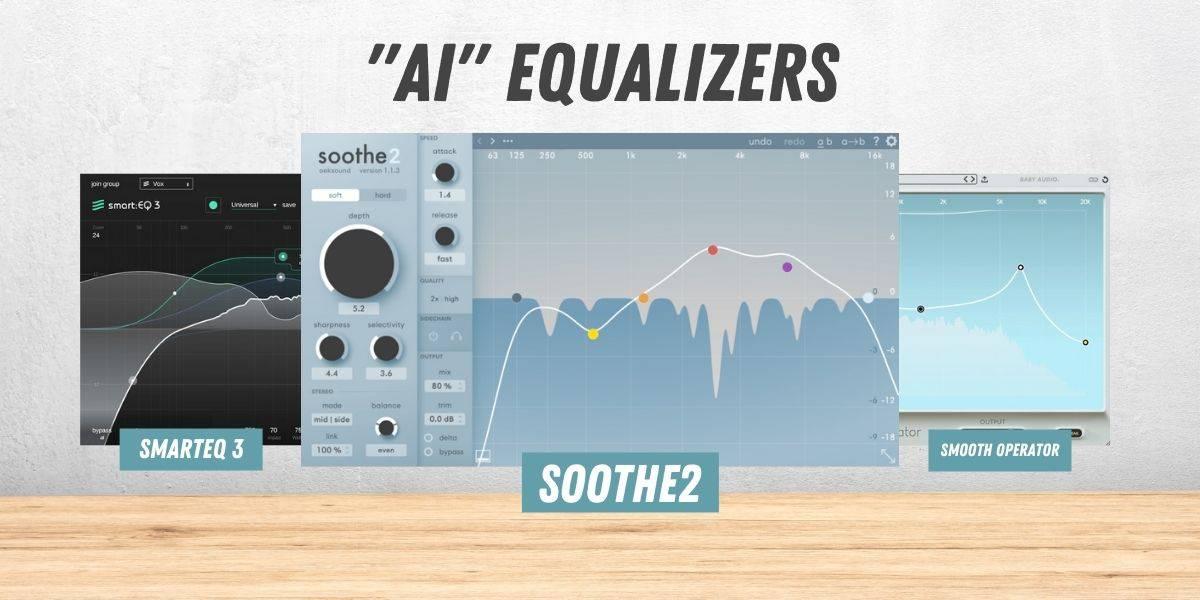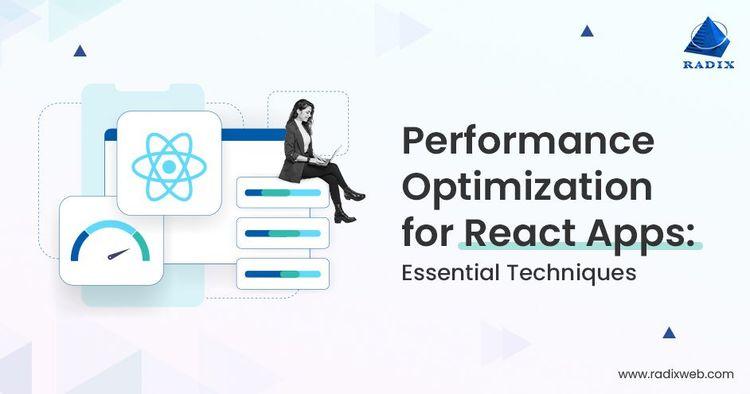Unlocking Productivity: Time-Saving WordPress Hacks
Unlocking Productivity: Time-Saving WordPress Hacks
In the ever-evolving digital landscape, where time is often as valuable as creativity itself, harnessing the full potential of WordPress can feel like a daunting endeavor. Whether you’re a seasoned developer, a small business owner, or an avid blogger, the pressure to create, engage, and innovate can be overwhelming. Thankfully, unlocking productivity doesn’t have to involve endless hours of trial and error. Instead, it can be achieved through clever shortcuts, smart plugins, and efficient practices that can transform your WordPress experience from cumbersome to seamless. In this article, we’ll explore an array of time-saving hacks designed to streamline your workflow, enhance your efficiency, and ultimately allow you to focus on what truly matters: bringing your ideas to life. Let’s dive in and discover how to make your WordPress journey not only more productive but also more enjoyable.
Table of Contents
- Enhancing Workflow Efficiency with Streamlined Editing Tools
- Automating Repetitive Tasks through Smart Plugins
- Optimizing Performance for Faster Page Loads and Improved User Experience
- Leveraging Analytics for Data-Driven Content Decisions
- Key Takeaways

Enhancing Workflow Efficiency with Streamlined Editing Tools
In the digital age, efficiency is paramount for creators looking to optimize their workflow. WordPress offers a plethora of streamlined editing tools designed to help users manage their content seamlessly. Gutenberg blocks allow for intuitive content structuring, enabling you to drag and drop elements without the hassle of code. Additionally, plugins like Yoast SEO not only assist in optimizing text for search engines but also provide real-time feedback on readability, ensuring that your content is both engaging and easy to digest.
Moreover, incorporating keyboard shortcuts can significantly speed up your editing process. For instance, using Ctrl + B for bold and Ctrl + I for italics can help format text swiftly, keeping your focus on creativity rather than mechanics. Here’s a concise table of essential shortcuts that can enhance your editing efficiency:
| Action | Shortcut |
|---|---|
| Bold | Ctrl + B |
| Italic | Ctrl + I |
| Undo | Ctrl + Z |
| Redo | Ctrl + Y |
By leveraging these tools and techniques, you’ll find that you can produce high-quality content more efficiently, freeing up your creative energy for what truly matters—connecting with your audience. Embracing a more efficient editing workflow not only saves time but ultimately enhances the quality of your output.

Automating Repetitive Tasks through Smart Plugins
In the digital age, efficiency is key, and one of the most effective ways to enhance your workflow is by utilizing smart plugins. These powerful tools can take over mundane tasks, allowing you to focus on what truly matters—creating high-quality content. From automating social media sharing to streamlining SEO optimization, plugins like Yoast SEO and Jetpack are designed to integrate seamlessly into your WordPress site, elevating your productivity level to new heights. Here’s what some of these plugins can do for you:
- Auto-publish content: Set your posts to automatically share on various social media platforms.
- Scheduled Backups: Safeguard your site data without manual intervention.
- SEO Optimization: Suggestions and analysis to improve your site’s search visibility.
Moreover, customizing your plugins to align with your specific needs is a straightforward process. For instance, you can use plugins like WPForms for automatic form submissions or WooCommerce for automating e-commerce transactions. The versatility of these tools enables you to manage multiple aspects of your site efficiently. Consider the table below for a quick overview of some top automation plugins and their functionalities:
| Plugin Name | Functionality |
|---|---|
| Yoast SEO | Automated SEO recommendations |
| Jetpack | Performance enhancements and security |
| WPForms | Automates form management |
| WooCommerce | E-commerce automation |

Optimizing Performance for Faster Page Loads and Improved User Experience
To enhance your website’s speed and ensure a smooth user experience, it’s essential to focus on optimizing performance. Start by implementing a caching solution to temporarily store frequently accessed data, significantly reducing load times. Combine this with image optimization tools to compress and serve images in modern formats like WebP, which helps maintain quality while minimizing file size. Additionally, consider enabling browser caching and utilizing a Content Delivery Network (CDN), allowing your content to load from servers closer to your users, thus enhancing load speed globally.
Another critical aspect of optimization is minimizing HTTP requests. This can be achieved by merging CSS and JavaScript files, which reduces the number of components that your server must retrieve when loading a page. Use of asynchronous loading for non-essential scripts can further prevent delays in the rendering of your page. Lastly, regularly monitoring your site’s performance with tools like Google PageSpeed Insights and GTmetrix will help you identify areas for improvement, ensuring your website remains fast, efficient, and user-friendly.

Leveraging Analytics for Data-Driven Content Decisions
In the digital age, harnessing the power of data analytics is crucial for making informed content choices. By utilizing tools like Google Analytics, you can uncover valuable insights about your audience’s preferences and behavior. This data allows you to identify what resonates most with your readers and tailor your content strategy accordingly. Consider focusing on:
- User Engagement Metrics: Monitor how long visitors spend on your pages and which posts are shared the most.
- Traffic Sources: Understand where your visitors are coming from, whether it’s organic search, social media, or referrals.
- Demographics: Analyze the age, gender, and geographic location of your audience to create targeted content.
Moreover, analyzing trends over time can help anticipate shifts in interest and enable proactive adjustments to your content calendar. Establishing a regular review process for your analytics can demystify data trends and improve decision-making. You can create a simple table to track essential metrics monthly, ensuring that your team can quickly visualize changes and adapt strategies as needed:
| Month | Page Views | Top Traffic Source | Average Time on Page |
|---|---|---|---|
| January | 1,500 | Organic Search | 3m 15s |
| February | 1,750 | Social Media | 4m 05s |
| March | 2,000 | Referral | 5m 30s |
Key Takeaways
As we wrap up our exploration of time-saving WordPress hacks, it’s clear that unlocking productivity doesn’t have to be a daunting challenge. By integrating these smart strategies into your workflow, you can not only enhance your efficiency but also create a more enjoyable and streamlined experience for yourself and your audience. The digital landscape is ever-evolving, and the ability to adapt and implement these hacks will keep your website flourishing amidst the changes.
So, whether you’re a seasoned developer, a passionate blogger, or a small business owner, consider these tips as your toolkit for success. The journey towards greater productivity is continuous, and each small adjustment can lead to significant breakthroughs in how you manage your time and resources on your WordPress site. As you embrace these time-saving techniques, remember that every minute saved is an opportunity gained—allowing you to focus on what truly matters: crafting compelling content, engaging with your audience, and bringing your vision to life. Now, go forth and make your WordPress experience quicker, smoother, and ultimately more rewarding!
